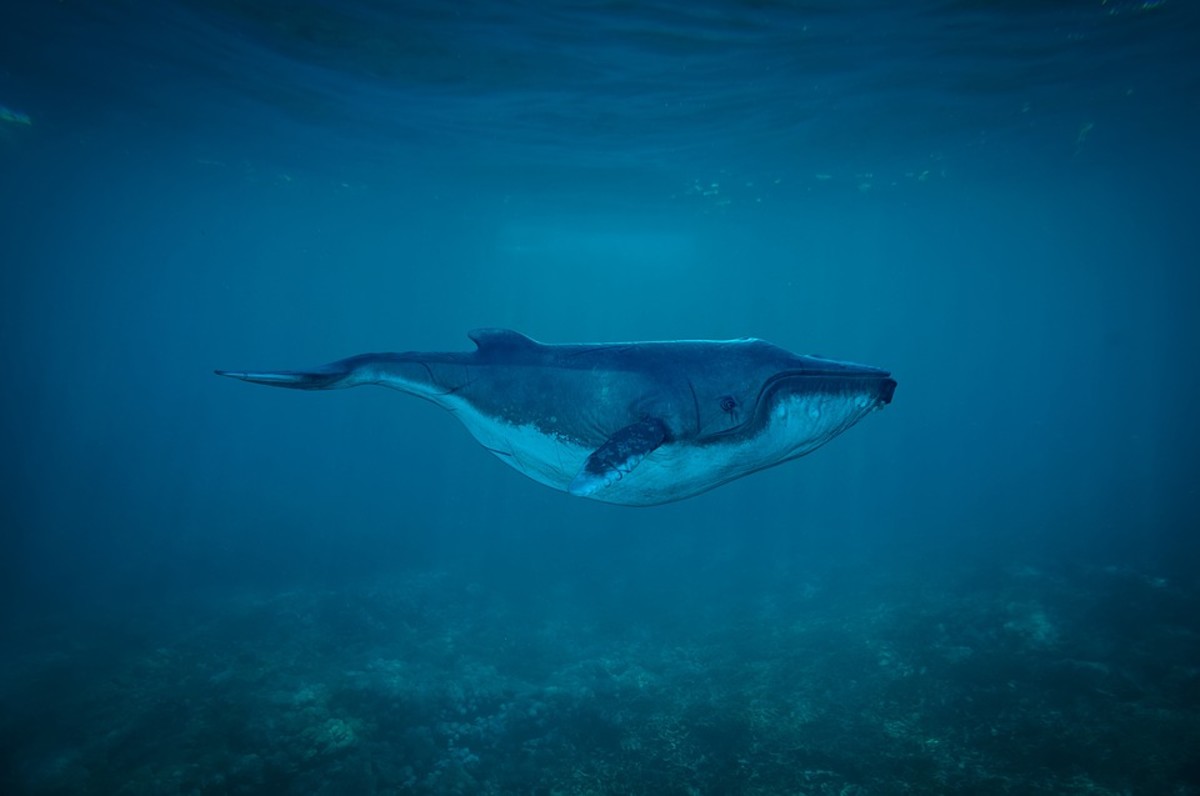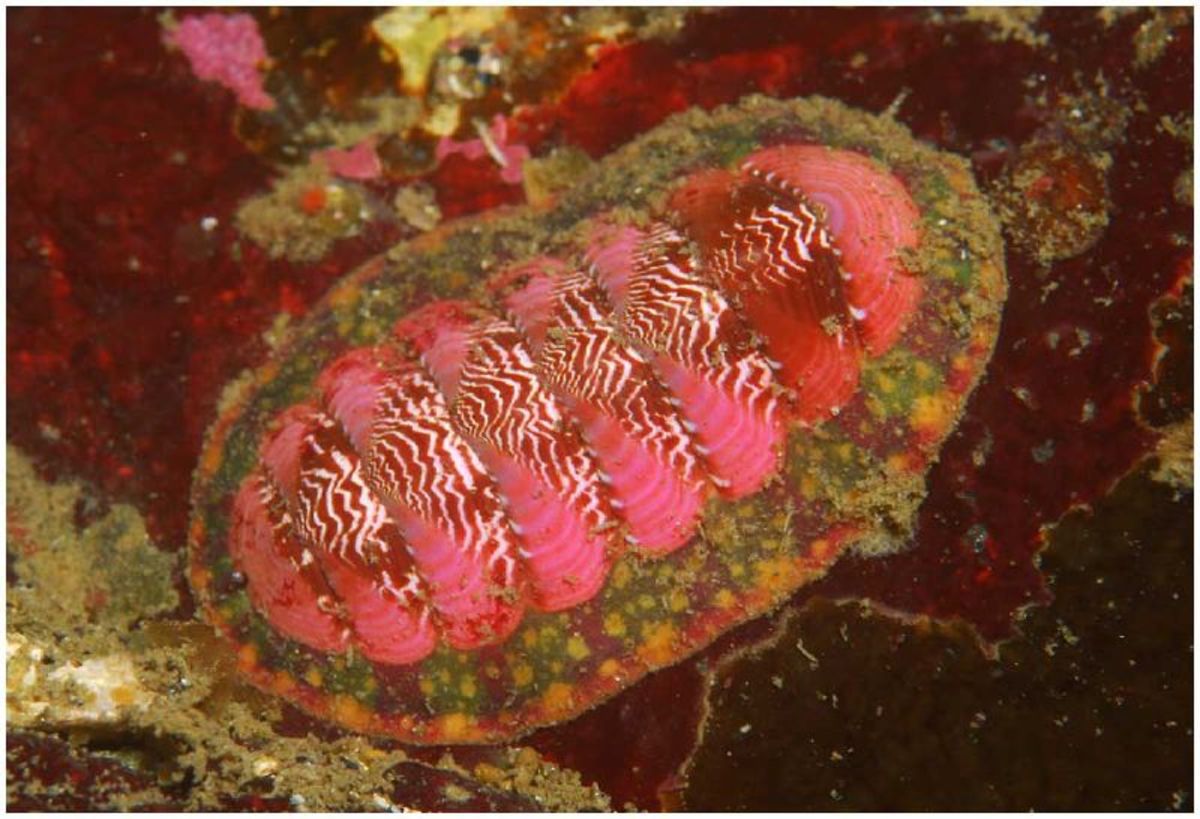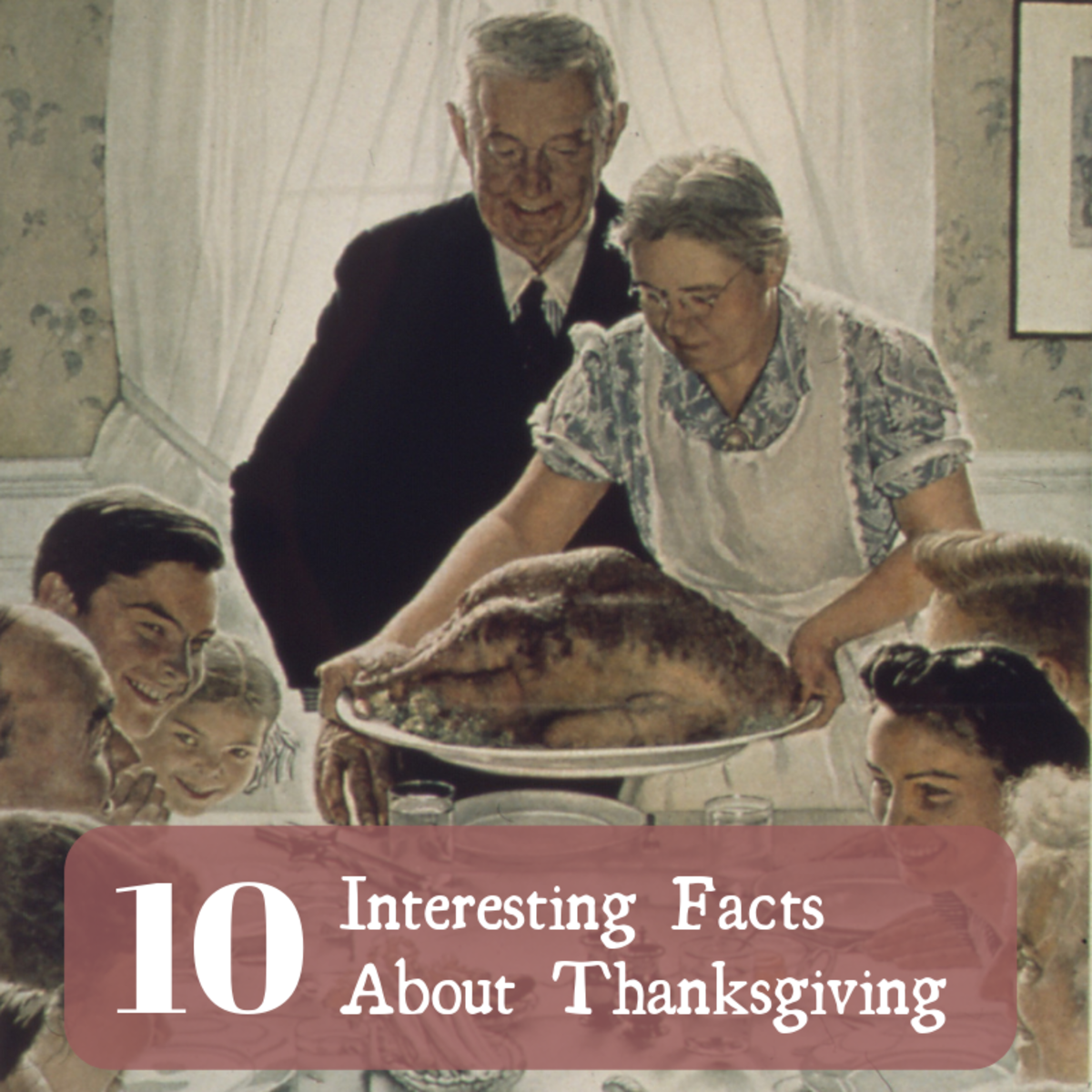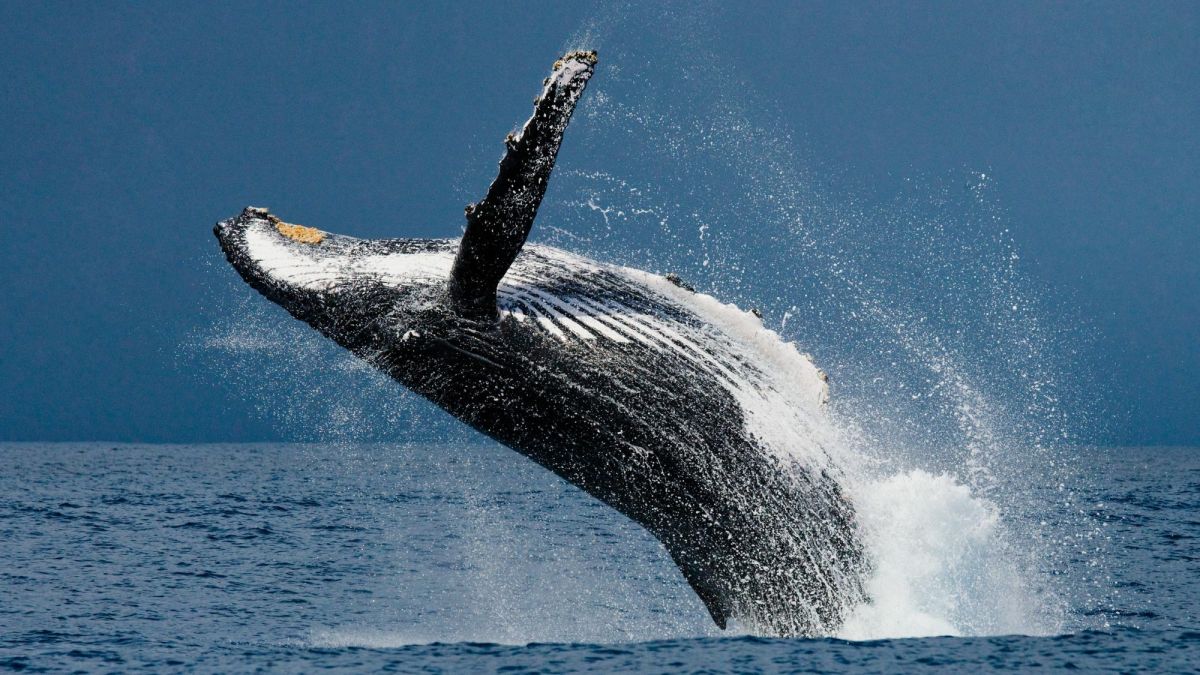Interesting Fun Facts About Clownfish
When you see or hear the word Clownfish, does it remind you of the colorful Clownfish in the movie Finding Nemo? which is by the way the ultimate star of the movie.
When Finding Nemo film become an absolute hit, the wants for Clownfish as pets tripled. Kids go crazy on this delightful cheery movie that shows courage and love. So, why are these pretty bright orange and white-striped fish called Clownfish?
Are they really funny? Let's find out.
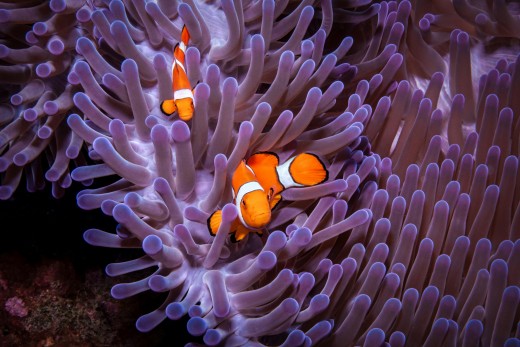
Script from Finding Nemo
BILL: Hey, you're a Clownfish. You're funny, right? Hey, tell us a joke.
BOB/TED: Yeah, yeah. Come on, give us a funny one.
MARLIN: Well, actually, that's a common misconception. Clownfish are no funnier than any other fish.
BILL: Aw, come on, clownie.
TED: Yeah, do something funny.
BOB: Yeah!
MARLIN: All right, I know one joke. Um, there's a mollusk, see? And he walks up to a sea, well he doesn't walk up, he swims up. Well, actually the mollusk isn't moving. He's in one place and then the sea cucumber, well they--I mixed up. There was a mollusk and a sea cucumber.
None of them were walking, so forget that I--
So then, Marlin fails to tell a joke about the mollusk and the sea cucumber. He was exasperated that all of the other sea creatures expected him to be funny just because he's a Clownfish.
Well, if you meet a Clownfish, don't pressure it to crack a joke like what other sea creatures did to Marlin.
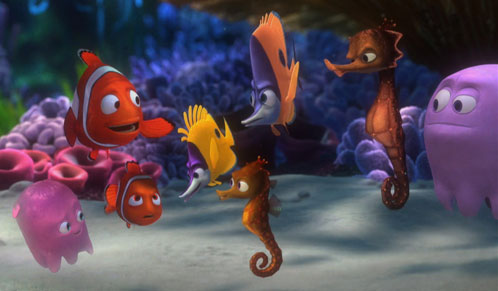
Fun Facts about Clownfish
The fact that they were called Clownfish is because they tilt and bob away when they swim and not because they have a great sense of humour. And also for a fact that their cheerful colors - bright orange and white stripes - are the main colors of a clown.
Scientific Name: Amphiprion percula
There are 28 known species of Anemonefish and the most popular one is the orange and white-striped Clownfish.
Clownfish are small, only four inch long (10 cm long), bright orange and striped fish that shelters in sea anemones.
They tend to live in shallow waters and coral reefs off the coast of Southeast Asia, Australia, Western Pacific Ocean as well as on the Red Sea. Their lifespan estimated to be around six to ten years only.
Clownfish are sometimes called "Anemonefish" because it shares an amazing partnership and close relationship with anemones which also benefits both of them.
This is called Symbiosis, which describes the special relationship these two sea creatures have.
Clownfish & the Sea Anemone
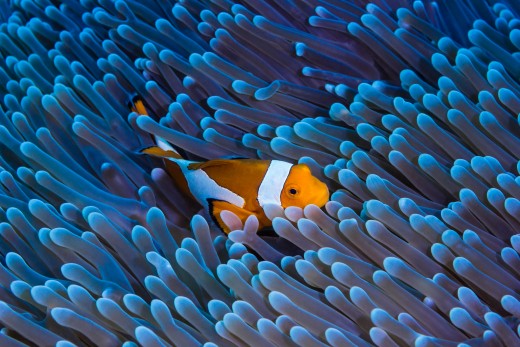
They help each other survive in the ocean by giving protection and helping each other. The Clownfish lives on its tentacles which protects them from other predators because Anemones have tentacles that stings, though Clownfish are not really bothered by them because of its layer of slimy mucus on its skin that makes them immune to the sting.
Aside from the protection, the Anemones provide the Clownfish with food. The Anemone, on the other hand, benefits from Clownfish because it the nibbles away parasites that bugs the Anemones. They also clean away fish and algae leftovers from their host. And most of all, they give Anemones a better water circulation by fanning their fins while swimming.
Clownfish eggs
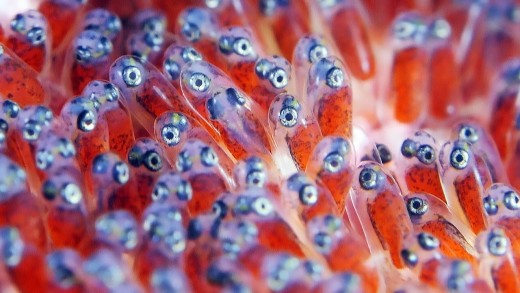
Breeding Life
Like people, male also courts the female Clownfish. Their courting behaviour would include chasing, extending fins and biting. The spawning season is year-round on tropical waters.
All Clownfish are born males but under certain conditions, this male will turn into a female. Amazing, right? Why these changes?
Once the female dies, the largest male will change sex. Once the male becomes a female, this is already irreversible, meaning they cannot change back again to being a male. They only change sex to become the dominant female on their group.
For example, a dominant breeding female leaves or dies, the largest male in the group will change to female. Within their group, there is only one breeding female and one breeding male.
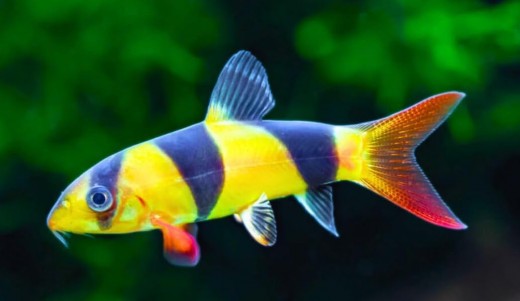
After mating and the female is now ready to lay eggs, she swims to the nest the male Clownfish prepared, in the male's Anemone.
It will pass to the nest and each time, she releases eggs. The process will lasts about two hours and around 100 to more than 1000 eggs will be released to complete the process.
The protector of the eggs is the male one but is also protected by the host Anemone.
It will take about a week for these eggs to be hatched and when they do, they are now called the larvae, which will spend a week on the surface of the ocean just floating and feeding on planktons - those microscopic animals and plants.
Then within 12 days, these tiny Clownfish will sink to the sea floor and will begin their search for their own host Anemone.
And the cycle goes on.
This content is accurate and true to the best of the author’s knowledge and is not meant to substitute for formal and individualized advice from a qualified professional.

